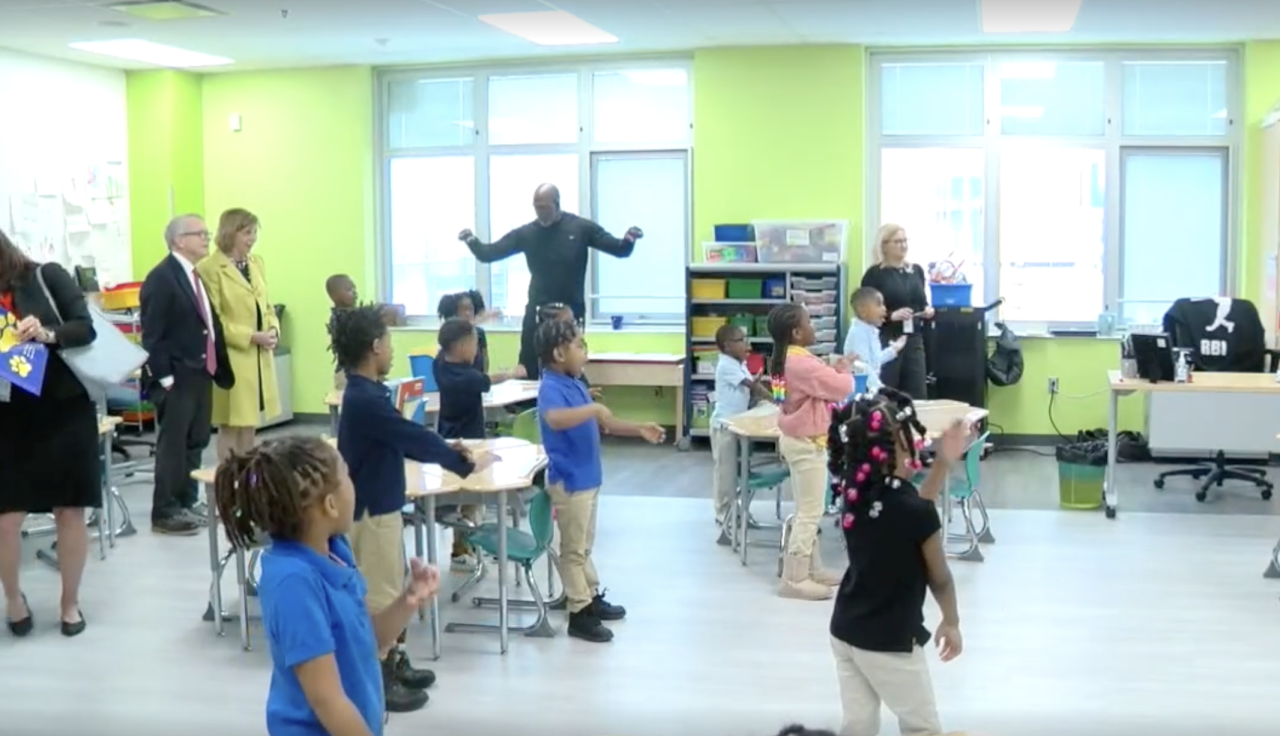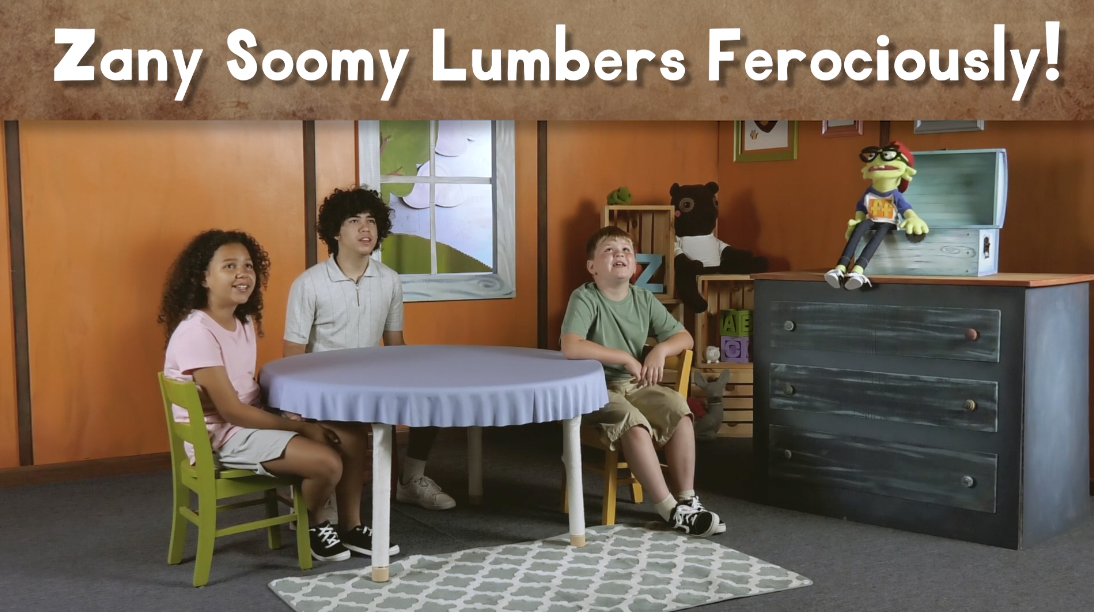CLEVELAND — As Governor Mike DeWine continues his push toward an emphasis on phonics, one of the largest school districts in the state is already rolling out new methods of teaching phonics in the classroom.
Inside Buhrer Dual Language Academy, students read aloud to a computer a passage in English or Spanish, and wait for the "tutor" to respond.
It’s part of a pilot launched last month in four schools across the district called Amira, artificial intelligence that listens to a student reading and gives real-time feedback.
"If I mess up on a word, Amira will give the student a chance to self-correct, and if not, it will insert a mini-lesson," said Elizabeth Nelson Creel, interim deputy chief of learning and teaching at Cleveland Metropolitan School District.
Amira is just one of a handful of pilot programs being used across the district right now, looking at new ways when it comes to teaching the old-fashioned methods of reading.
RELATED: Gov. DeWine signs executive order urging support to improve literacy among children
Earlier this week, CMSD also launched a pilot program called Ignite! Reading, which Nelson Creel said involves live tutors giving individual instruction to students outside their regular classroom for about 15 minutes a day. That pilot is currently underway at three schools in the district.
Last month, Gov. Mike DeWine signed an executive order urging agencies across the state to find ways to improve childhood literacy.
An Ohio Department of Education report points out that 39.9% of all Ohio third-grade students are not considered proficient in reading.

The executive order focuses on transitioning back to phonics and seeing just how prevalent problematic reading methods are across Ohio.
Back in January, DeWine called out in his State of the State address for a renewed focus on literacy, especially on a phonics-based approach.
Watch DeWine's full 2023 State of the State Address below:
A phonics approach involves breaking down a word letter by letter and a student sounding out the word.
Other methods can teach words as a whole, not individual letters, based on taking context clues such as other words in a sentence or pictures as a way to recognize and remember the word.
This shift makes up much of the governor’s $250 million emphasis on education upgrades in the budget.
Literacy support includes:
Early childhood education - $92.2 million in additional support over two years
- Educator professional development - $86 million over two years
- High-quality instructional materials - $64 million over two years
- Literacy coaches - $18 million over two years
- Dyslexia screener - $1.2 million in fiscal year 2025
A federally funded study published last year by the University of Delaware called the impact of alternative approaches “significant and negative.”
RELATED: How Northeast Ohio school districts are changing the way students are taught to read
It showed that third and fourth graders had lower test scores if they didn’t utilize phonics as a primary teaching approach.
"Balanced literacy didn’t say 'Don’t teach phonics,'” Nelson Creel explained. "It was a part of it, but it may not have been as prominent as it is now."
Linnea Smith now finds herself on the other side of the classroom, helping teach the next generation to read after she struggled herself.
"I’m excited to see the conversation shift," she explained. "I got by and I got good grades and I worked hard and I was able to figure out most of it, until I got to the words that were outside my daily vocabulary. I couldn’t guess anymore."
At their Solon-based offices, Smith, along with her mother Carole Richards, created another pilot program currently in 30 Pre-K through Grade 2 classrooms in the district.
It's called "Sammy and the Magical Reading Chest," a video series where a band of puppets guides students through different sounds and letters.
"It's a step-by-step method, a system that teaches one sound at a time, eventually working to build bigger words with syllables," Richards said.

Smith said CMSD is funding the completion of the 77-episode series with $500,000 in COVID-19 relief funds, after the first season of the 4-season series was funded exclusively by private donors.
Over the years, Richards told News 5 she stuck with phonics, as it fell in and out of favor among educators.
Now with support at the state, she hopes this is it.
“It’s slowly changing," she explained. "I think people are going to fight it tooth and nail, some for financial reasons."
As Ohio Education Association President Scott DiMauro said in previous reporting that some red flags fly up when proposing a mandated phonics approach for Ohio’s nearly 2 million children.
RELATED: Is your child having trouble learning to read? Gov. DeWine pushes for more emphasis on phonics
DiMauro pointed to the failed federal “No Child Left Behind” program and the need for choices when it comes to teaching a wide learning range of students.
"It's not just enough to focus on one piece of the puzzle," he said. "When I talk to our members, I don't know anyone who is 100% pro-phonics or anti-phonics. I don't know of anyone who's 100% pro-balanced literacy or anti-balanced literacy. I think teachers use the strategies that they know work."
Clay LePard is a special projects reporter at News 5 Cleveland. Follow him on Twitter @ClayLePard or on Facebook Clay LePard News 5.
Download the News 5 Cleveland app now for more stories from us, plus alerts on major news, the latest weather forecast, traffic information and much more. Download now on your Apple device here, and your Android device here.
You can also catch News 5 Cleveland on Roku, Apple TV, Amazon Fire TV, YouTube TV, DIRECTV NOW, Hulu Live and more. We're also on Amazon Alexa devices. Learn more about our streaming options here.





